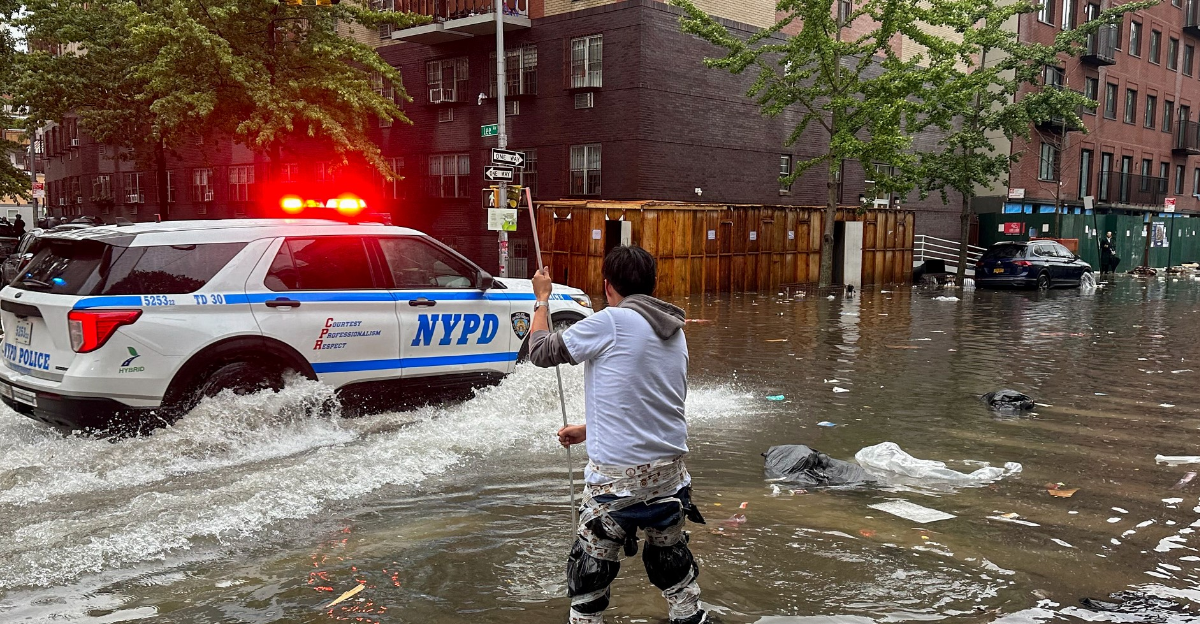
Historic flash floods have paralyzed the New York region after a slow-moving storm unleashed torrential rain Monday night. At least two people were killed in New Jersey as raging waters swept their car into a brook amid the downpour. Vehicles were stranded on waterlogged roadways, and subway lines in New York City were shut down as stations filled with water.
New Jersey’s governor declared a state of emergency and urged residents to stay indoors. The unprecedented deluge pummeled the Northeast, and its effects are now rippling across communities, infrastructure and emergency services.
Why It’s Happening
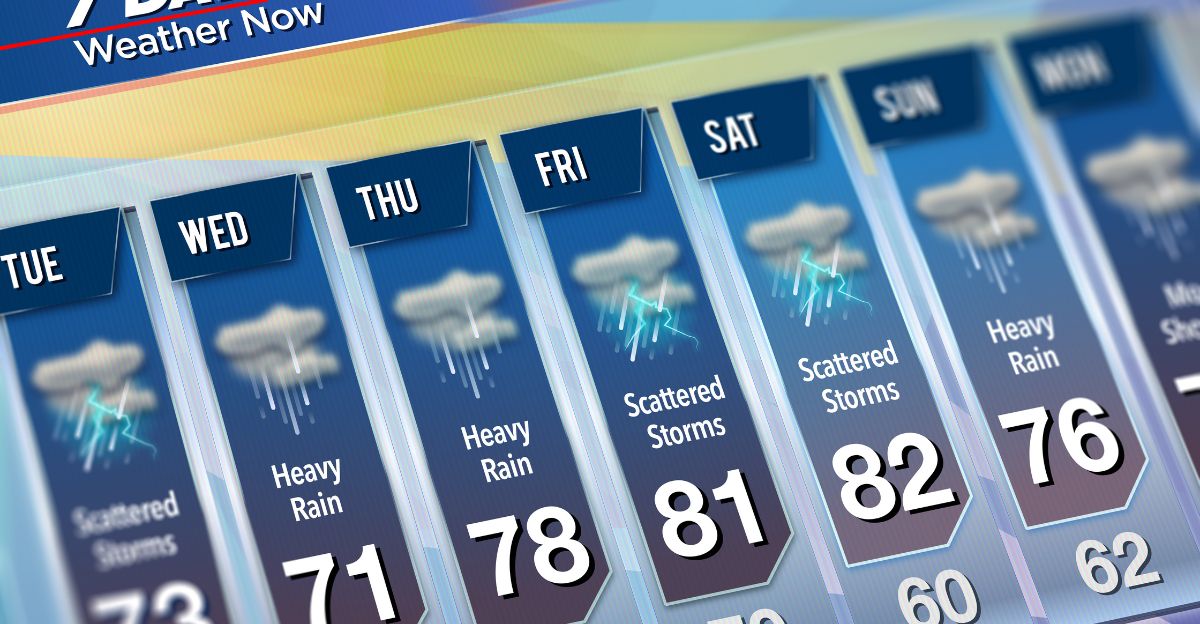
Forecasters say an unusual weather pattern fueled this deluge. A slow-moving storm system stalled over the area amid unusually hot, humid air, dumping repeated downpours on the same spots. “One storm will follow another, after another,” explained Joseph Wegman of the National Weather Service, noting that saturated ground couldn’t absorb the onslaught.
The result was flash flooding on a large scale. Watches and warnings stretched from New York down to North Carolina as the system crept along the East Coast, with meteorologists rating the flash flood risk at 3 out of 4 in the hardest-hit corridor.
Travel Network Crippled

Transportation came to a standstill under the sheets of rain. LaGuardia and Newark Liberty airports saw extensive flight delays and cancellations, while New York’s JFK Airport warned of major disruptions for travelers. Portions of key highways were swamped – segments of the Saw Mill River Parkway and the Cross Bronx Expressway had to be closed due to high water and even downed trees.
In New Jersey, roads turned into rivers. Video from Scotch Plains showed buses stranded on a flooded thoroughfare, and police in towns like Metuchen deployed rescue teams to assist drivers stuck in rising water.
Subways Deluged, Commuters Trapped
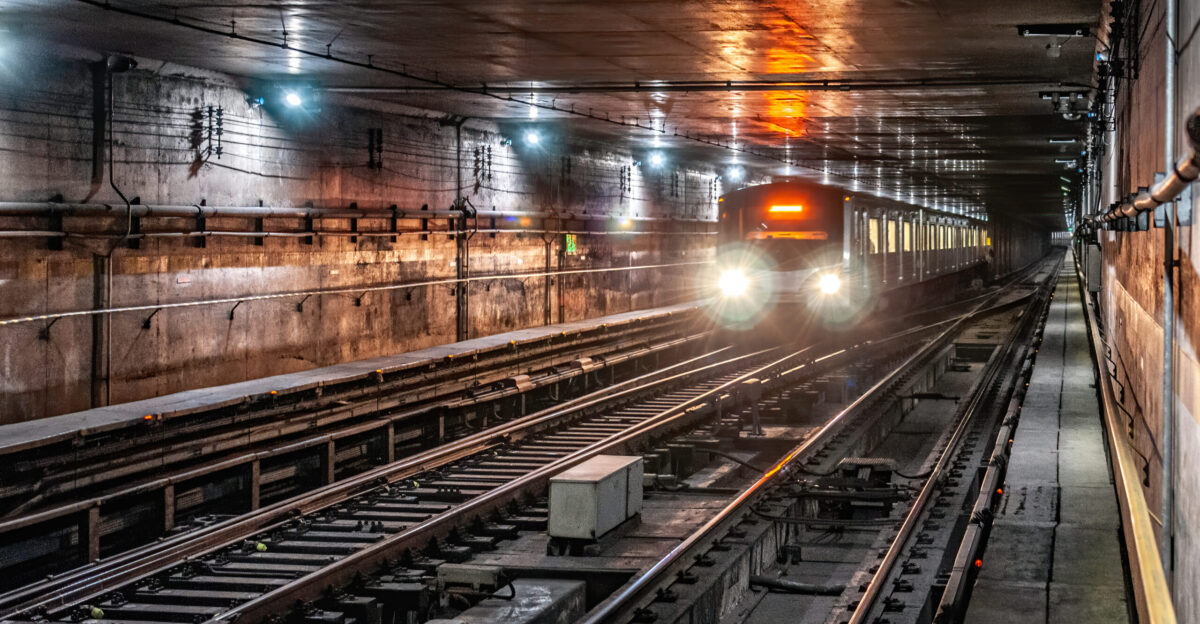
New York City’s famed subway system was overwhelmed as flash floods poured into the underground. Dramatic videos showed water gushing down station stairwells and into platforms, turning them into wading pools. In one Manhattan station, passengers were filmed standing on train seats to avoid the dirty floodwater soaking the car floor.
Service on multiple subway lines came to a halt at the height of the storm, with several lines suspended or rerouted due to inundated tracks. Transit officials said crews ultimately pumped roughly 16 million gallons of water out of the subway system overnight – a stark measure of the storm’s toll.
Neighborhoods Under Water, Rescues Mount
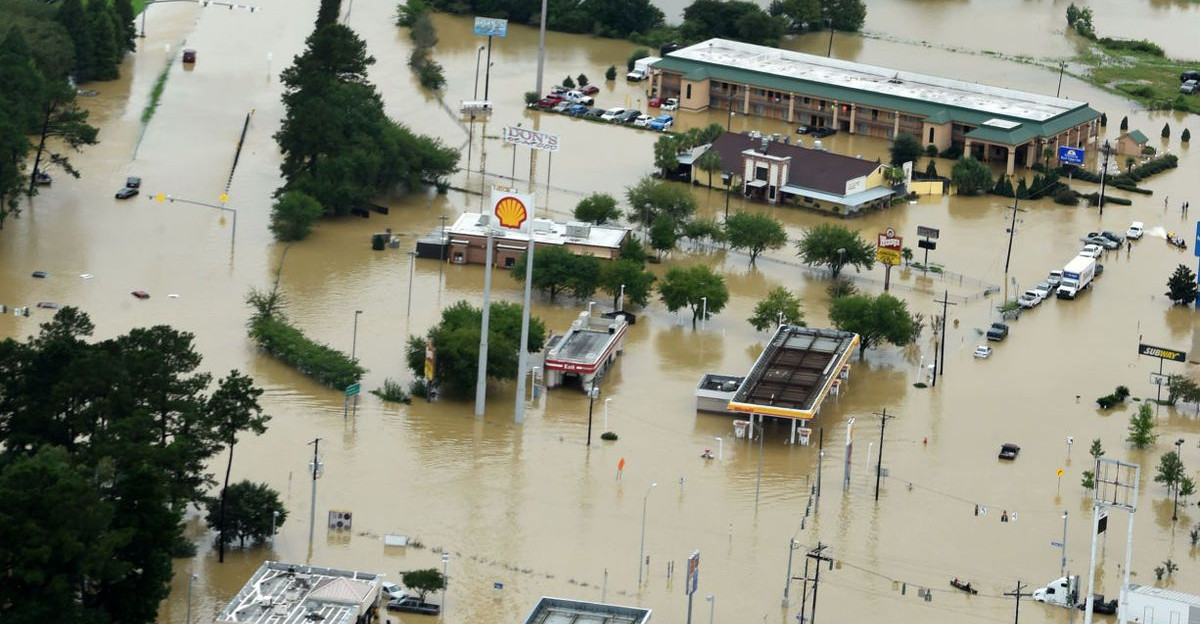
Beyond the big city, smaller communities were hit hard, and emergency rescues unfolded through the night. Officials in Westchester County, just north of New York City, worked to save motorists from vehicles submerged on inundated streets, even as they implored residents to stay put “unless fleeing an area that is subject to flooding”.
In New Jersey, entire neighborhoods saw swift water rescues. Streets in towns like Metuchen were left impassable, and police officers waded through murky currents to help stranded drivers to safety. And in Mount Joy, Pennsylvania, over 7 inches of rain fell in just five hours, flooding homes with up to 5 feet of water and forcing first responders to perform at least 16 water rescues in that area alone.
Tragic Consequences

The flash floods turned deadly almost in an instant. In Plainfield, New Jersey, two women lost their lives when ferocious floodwaters swept their car off the road and into a swelling creek. Rescue crews could not reach the vehicle at the height of the storm; the victims were discovered in the submerged car after the waters receded.
The same night, a flooded house in nearby North Plainfield caught fire and exploded shortly after the family evacuated – a dramatic reminder of how unpredictable the dangers can be, though thankfully no one was injured in that incident.
Officials and Experts Sound Alarm
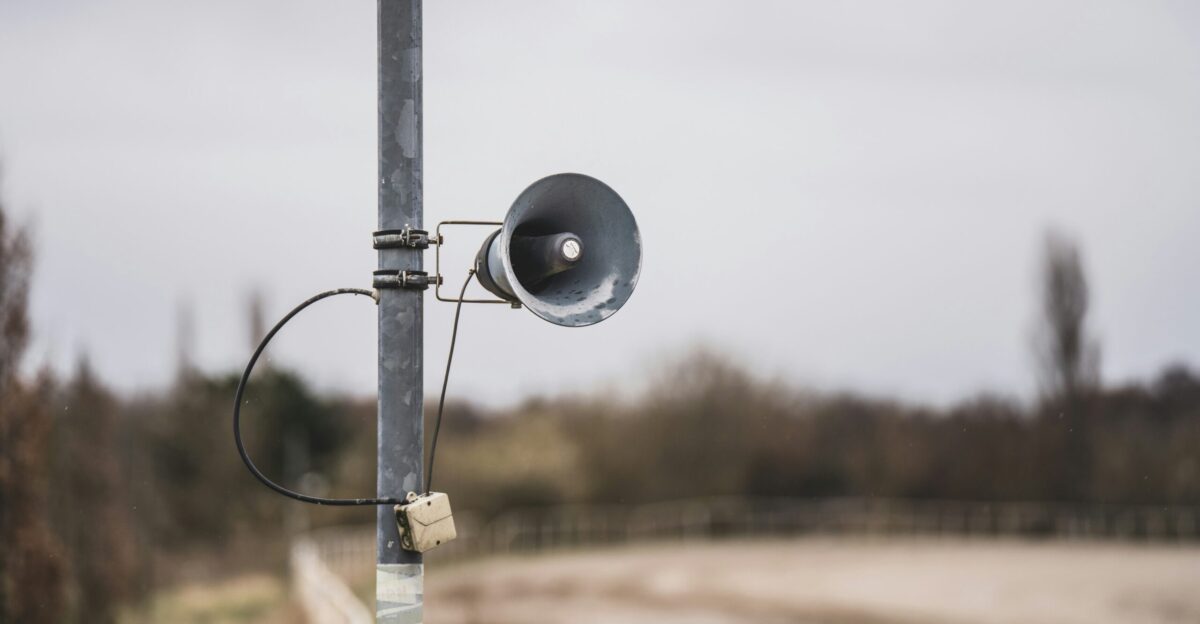
Even seasoned leaders were stunned by the storm’s fury and what it might signal. “I probably don’t recall seeing that level of rain before,” admitted New York City Mayor Eric Adams, after Central Park saw more than 2 inches of rainfall in a single hour – one of the most intense cloudbursts on record.
Local officials in New Jersey likewise warned that the region is now experiencing extreme weather at levels “like it has never experienced before”. The flash flood in Plainfield came just two weeks after another freak storm killed two people there with a fallen tree. This quick succession of deadly events is raising new fears that such “once-in-a-lifetime” storms are happening with alarming frequency.
Emergency Declarations and Response

Government authorities moved quickly to respond to the crisis. New Jersey Governor Phil Murphy declared a state of emergency due to the flash flooding and heavy rainfall, urging residents to stay indoors and off the roads. In southeastern Pennsylvania, the borough of Mount Joy issued a disaster emergency to tap additional resources for hard-hit residents and accelerate flood recovery efforts.
Beyond immediate relief, officials are grappling with what these floods mean for the future. Governor Murphy bluntly blamed climate change for the growing onslaught of extreme storms and warned that “that’s the new reality” we must face going forward.
How to Stay Safe in a Flash Flood
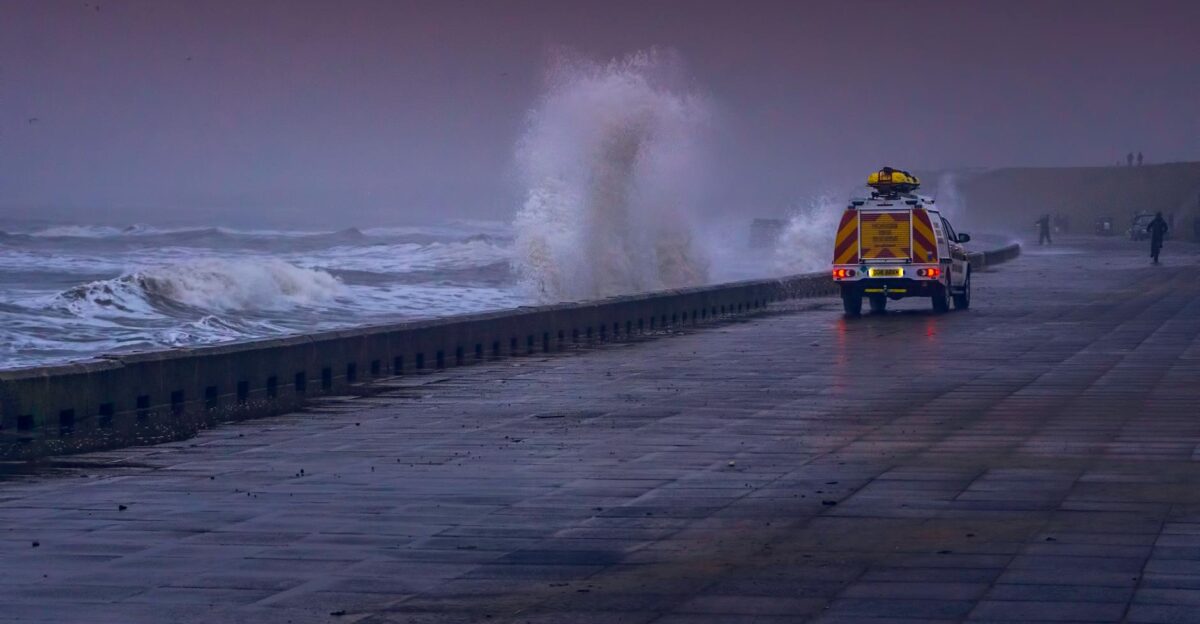
Authorities are emphasizing safety as residents deal with the aftermath. Their first piece of advice: avoid unnecessary travel until floodwaters fully subside. “At this time, residents are still strongly advised to avoid all travel unless fleeing an area that is subject to flooding,” one emergency official cautioned during the height of the storm.
Driving even a short distance can be fatal if a road is flooded, so experts say it’s best to turn around and seek higher ground. Those living in basements or low-lying homes are urged to stay alert and be ready to evacuate at a moment’s notice.
Looking Ahead
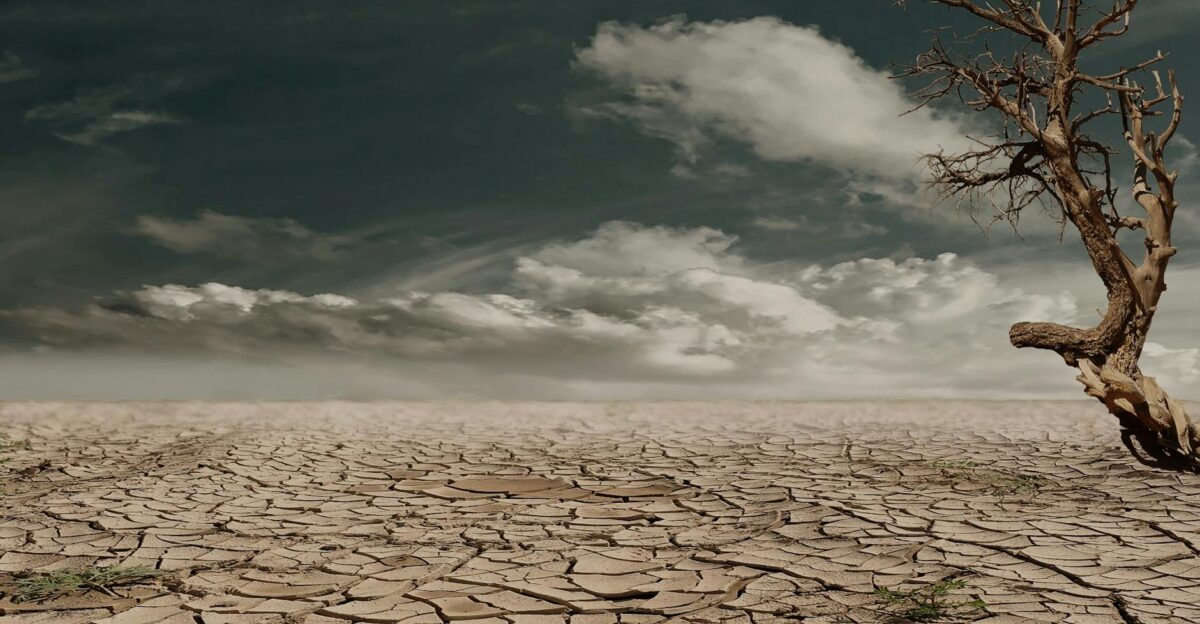
Meteorologists and climate scientists warn that this week’s historic flooding may be part of a troubling pattern. A warmer atmosphere is capable of holding and dumping more moisture, making intense rainfall events more likely. “Warmer air retains more moisture — so when a storm finally releases that moisture, you get explosive precipitation over a short period,” explained Dr. Lauren Zettel, a climate scientist at Columbia University, calling floods like New York’s a textbook example of climate change’s impact.
National data shows that today’s heaviest storms produce significantly more rainfall than those of decades past. As the New York region cleans up from this disaster, experts say it won’t be the last – communities will need to prepare for the possibility that historic floods like this could become increasingly common in the years ahead.







